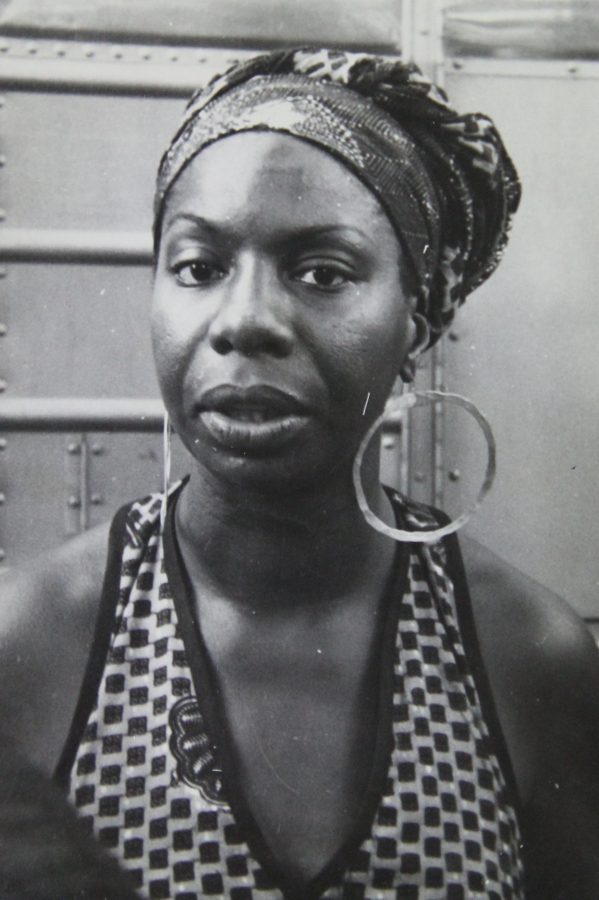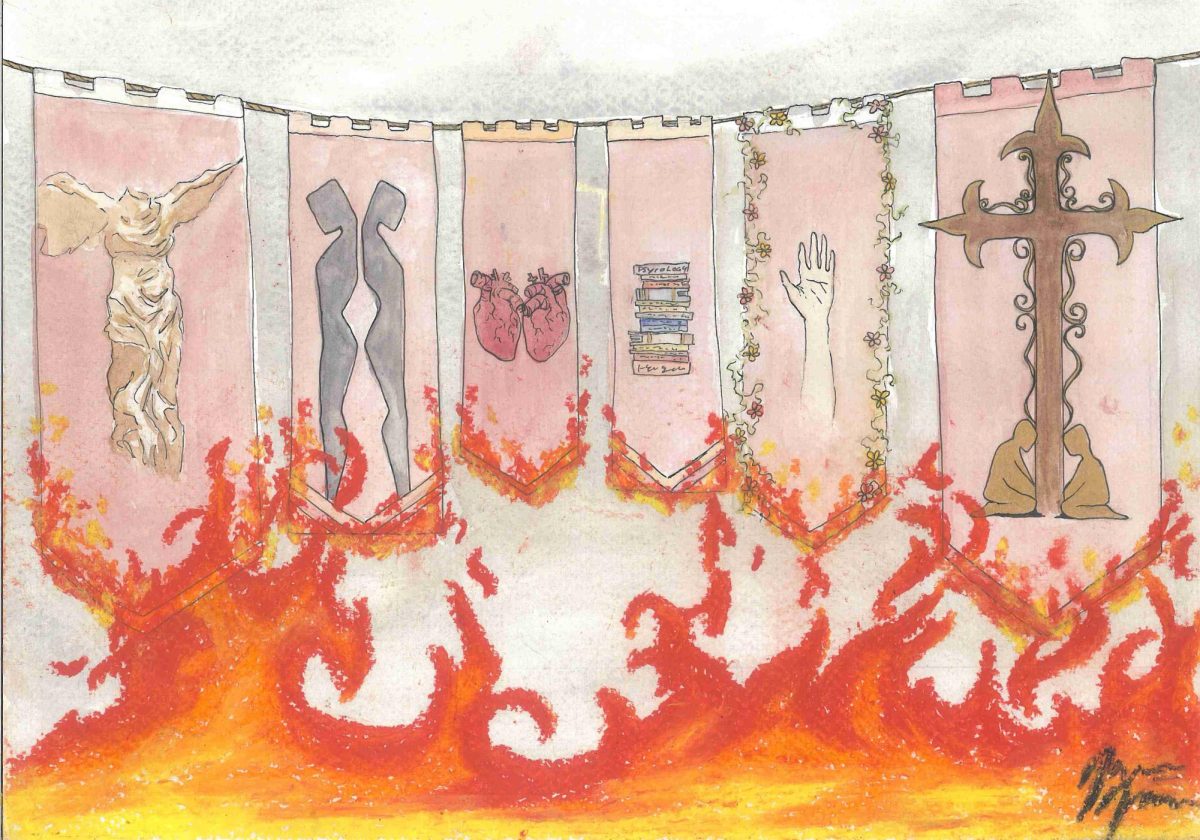A girl never forgets artists that reveal truths about the world to her.
For me, one of these artists is Nina Simone. She was born Eunice Kathleen Waymon on Feb. 21, 1933 in Tryon, North Carolina.
Nina Simone is arguably one of the most iconic singers in the music history.
I remember listening to “Four Women,” a song that describes aspects of the lives of four different Black women, each woman representing a stereotype of how Black women are seen in America. This song grew my empathy for the struggles that other Black women face.
Today, I hear and see Simone in many different artists’ creations. Kanye West uses clips of her cover of “Strange Fruit” throughout his song “Blood On The Leaves” in which the song title is named after a lyric in the song. Beyonce features Nina Simone’s album cover of “Silk & Soul” in her album video “Lemonade.” Jay-Z uses Nina Simone sound bites in multiple songs such as “4:44,” “The Story of O.J,” and “New Day,” which features Kanye West.
Hozier named his EP “Nina Cried Power” after Simone, referencing her song “Sinnerman” in which she screams “power” for a good portion of the song.
Simone is known as the “High Priestess of Soul,” and is an important figure for the civil rights movement.
In the mid-1960s, Simone became a voice for the civil rights movement. Her songs like “Mississippi Goddam,” “Four Women” and “Young, Gifted and Black” spread music around the nation that educated people about the injustices and social issues happening in the nation.
Simone’s work changed the industry for the better, and continues to influence artists in new generations. Her music still impacts the way artist make hip hop, jazz, and blues. She is an inspiration to many young musicians, especially to young Black artists who are trying to make it in America.
However, while I love her music and appreciate what she did for Black people in America and the civil rights movement, I still have to recognize all the aspects of her life–even the negative, unfortunate aspects.
Lisa Simone Waymon, Simone’s daughter, said “My mother was one of the greatest entertainers of all time hands down, but she paid a huge price.”
Simone battled with mental health for a good portion of her life, a struggle that significantly impacted her career and her relationship with her daughter.
Simone said she loved being a mother; three hours after Lisa was born she said she was in love with the world. However, her husband, Andy Stroud, abused Simone and the cycle of abuse continued to her daughter.
Her daughter suffered by the hands of her mother.
In the 2015 documentary about Nina Simone’s life “What Happened, Miss Simone?,” directed by Liz Garbus, Maya Angelou said, “Miss Simone, you are idolized, even loved, by millions now. But what happened, Miss Simone?”
The documentary tells the story of Simone’s life, focusing on both positive and negative aspects.
Lisa Simone talks about how her mother suffered from bipolar disorder and manic depression. She would beat her daughter to release her anger. Lisa Simone stated when talking about her mother that “she went from being the comfort to the monster in my life.”
As much as I love and admire Nina Simone, I have to look at this side of her story and consider all the things she did in her life that shaped her whole persona and legacy.
The reality of her story forces me to recognize her as a human being, rather than the revolutionary icon I imagine in my head. Though part of her character was that icon, she was also a person who struggled, suffered and hurt others in the process.
It saddens me when someone who I have seen as such an incredible human being all my life turns out to be not as incredible as I thought, and has a much darker past.
Simone’s complicated legacy makes me question what is important when it comes to the artists we listen to. When considering the musicians we love, it is okay to hold them to high standards. But we also cannot forget the good parts of their legacy while we recognize the negative.
It is essential that we look at everything about them instead of just their music.
Even though it is easier to ignore the story that comes with a person whose art we adore, we cannot afford to ignore the whole person behind the image or sound. Otherwise, we will erode the sense of truth and honesty that is essential to authenticity in art.




















































































